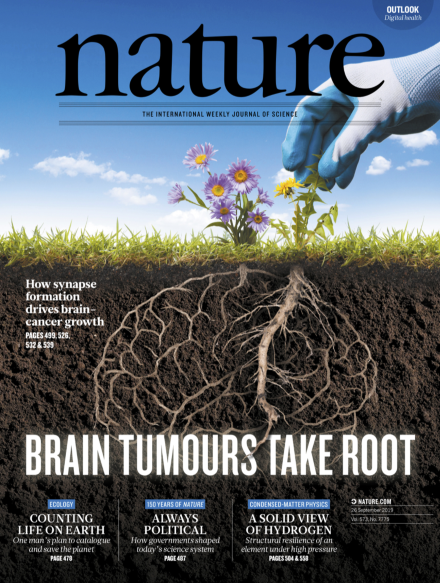Volume 573 Issue 7775, 26 September 2019
This Week
-
Editorial
-
-
World View
-
Research Highlights
-
Seven Days
News in Focus
-
News
-
Features
Opinion
-
Comment
Books & Arts
-
Books & Arts
Opinion
-
Correspondence
Work
-
Technology Feature
-
Microbial chemistry gains fresh focus
Collection:
-
-
Column
-
From academia to freelance curator
Career Guide:
-
Futures
Research
-
News & Views
-
Reviews
-
Articles
-
Letters

